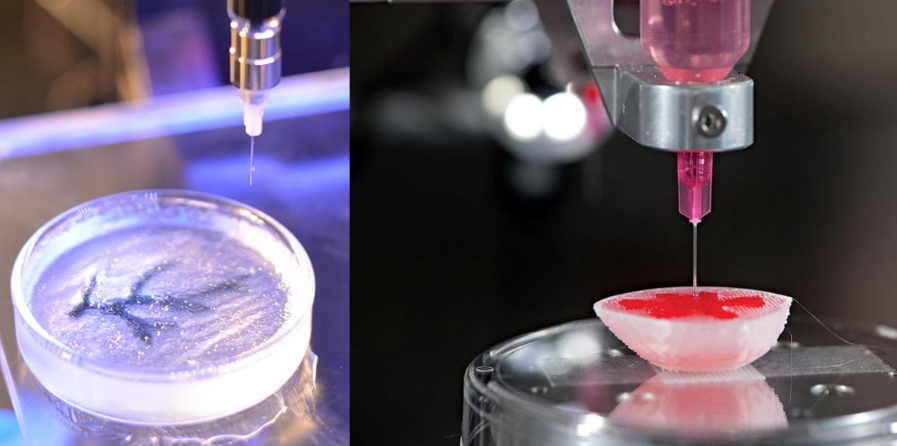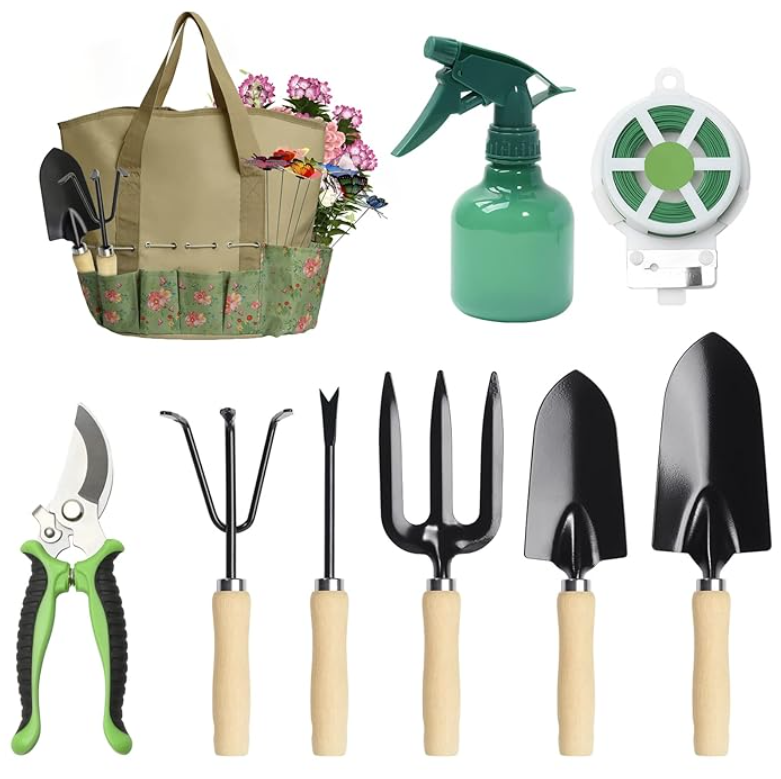Technology
The Future of Robotics: Top Trends to Watch Out for in 2024
What is Robotics?
Robotics is a specimen of engineering excellence that has transformed many individual and commercial activities over a few decades. It denotes the process of studying and developing robots to assist humans. The application of robotics in the business sector has increased remarkably, contributing to its continuous research and gradual development.
Robotics can be defined as a field of study that focuses on researching, designing, producing, and functioning robots. It combines engineering and computer science to design machines that can simplify day-to-day human activities.
Robots are created to replicate human beings while performing a task but without doing any harm. Several types of robotics are contemporarily in practice, such as industrial robots, medical robots, humanoid robots, service robots, military robots, space robots, and others. The robotics industry is advancing twice the speed with new technological and innovative integrations carving the growing future of robotics.
Data reflects that till the end of 2023, more than 3.4 million industrial robots have been developed and implemented for commercial purposes. Manufacturing, healthcare, construction, logistics, and agriculture are the top industries significantly employing robotics.
Recently, robotics has achieved further progression with AI, ML, and IoT integration. Such practices have given rise to new trends that possess the potential to shape the future of robotics.
Top Trends of Robotics in 2024:
Collaborative Robots: The automation sector predominantly experienced the influence of cobots or collaborative robots. Such robots aim to add more efficiency to any task while supporting humans. It further offers flexibility and safety while assisting human intelligence.
Several small and medium-sized organizations implement such robots because of their cost-effectiveness. As the business sector is turning towards automation, collaborative robots also can be a great contributor to the expanding horizon of robotics in the future.
Humanoid Robots: Humanoid robots have received much attention in recent years that can not only replicate human activities but also their appearance. This technology is about to revolutionize many industries in the upcoming years and boost the future of robotics practices. ASIMO and Sophia are two popular humanoid robots that are employed to address customer service, accompany people, and perform other activities.
Swarm Robotics: Sectors like agriculture and logistics sectors largely utilize such robots. These are small and flexible robots that can operate together in a group. Swarm robots are designed by observing the collaborative activities of social insects. Such robots are highly adaptive and bring effectiveness to the assigned tasks.
Autonomous Vehicles: Autonomous vehicles, also known as self-driving vehicles, combine GPS, sensor technology, and AI to track objects on the road and move forward. It can revolutionize traffic issues in bigger cities with smart driving. The evolving vehicle usage worldwide is expected to increase concerns about traffic management in the upcoming years. Therefore, autonomous vehicles can be a huge breakthrough in shaping the future.
Soft Robotics: It is one of the emerging trends of robotics that shall majorly contribute to its future practices. These machines are made of soft materials like silicon to imitate natural entities, have high mechanical compliance, and can go through deformation. Soft robots are created to manage delicate things and safely collaborate with living organisms.
Medical Robotics: The use of robotics in the healthcare sector has drastically changed the way healthcare procedures and devices operate. It has chiefly been leveraged for remote monitoring and telemedicine across borders. Medical robotics intends to improve medical facilities for effective treatment and patient satisfaction.
What to Expect in the Future of Robotics?
Technological transformation has made our lives easier in multiple aspects. Robotics, as a contribution to the tech revolution, have assisted humans in many ways, simplifying complex tasks.
However, the emerging robots must comply with safety protocol guidelines and offer energy efficiency. Experts assert that by 2030, 90% of global companies will employ robotics for better organizational efficiency. Researchers are studying advanced robotics to integrate it in cross-domains for enhanced outcomes. The upcoming years of robotics are likely to offer businesses new productivity dynamics by fully transforming the commercial landscape.
Follow us on LinkedIn - https://www.linkedin.com/company/xcellent-insights




